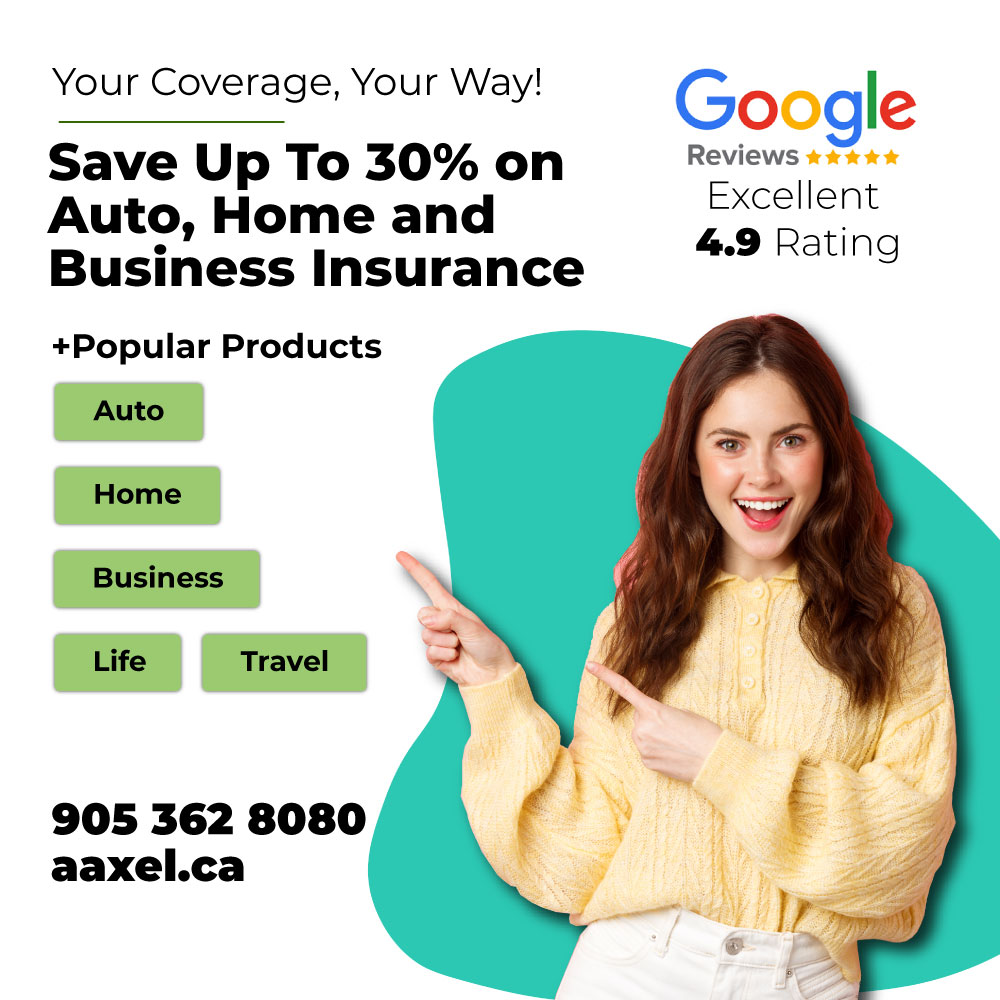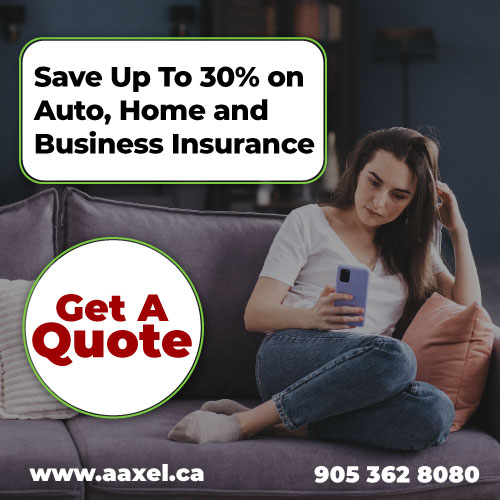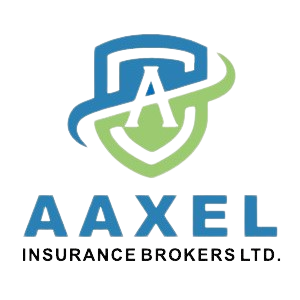Discovering that your vehicle is totaled can be a nightmare, especially if you don’t have gap insurance. This means you could be left with a significant financial burden, still owing money on a car that is no longer drivable. In such situations, it’s essential to know your options to minimize losses and navigate the financial and legal aspects effectively.
In this guide, we will break down exactly what to do if your vehicle is totaled and you don’t have gap insurance, ensuring you take the right steps to protect yourself financially.
Understanding What “Totaled” Means
When an insurance company declares a vehicle “totaled”, it means the cost to repair the car is higher than its actual cash value (ACV). Insurance companies typically use a percentage threshold (often 70%-80% of the car’s value) to determine whether a car is a total loss.
For example, if your vehicle’s market value is $15,000, and repairs would cost $12,000, your insurer will likely declare it a total loss. Unfortunately, if your loan balance is higher than your car’s actual cash value, you may end up owing money to your lender after the insurance payout.
Steps to Take Immediately After Your Vehicle is Totaled
If you find yourself in this situation, take the following critical steps to mitigate your financial loss:
1. Contact Your Insurance Company Immediately
- Report the accident and let your insurer assess the damage.
- They will determine your car’s actual cash value (ACV).
- Request a breakdown of how they calculated the ACV to ensure fairness.
2. Review Your Loan or Lease Agreement
- Check how much you still owe on the vehicle.
- Compare your remaining balance with the insurance payout.
- If you owe more than what your insurance company is offering, this is where not having gap insurance becomes a significant issue.
3. Negotiate the Actual Cash Value (ACV)
- Insurance companies might initially offer a lower ACV than expected.
- Research your car’s fair market value using resources like Kelley Blue Book or Edmunds.
- Provide evidence, such as maintenance records and vehicle condition reports, to argue for a higher payout.
4. Determine the Deficiency Balance
- If your loan balance is higher than the insurance settlement, this is known as the deficiency balance.
- Without gap insurance, you are responsible for paying the remaining amount out-of-pocket.
Options to Handle a Deficiency Balance
If your vehicle is totaled and you don’t have gap insurance, you must explore different strategies to manage the financial gap:
1. Negotiate with the Lender
- Some lenders may allow you to settle for a reduced amount.
- Request a payment plan if paying the full amount immediately isn’t feasible.
- Ask if they offer loan forgiveness programs in extreme hardship cases.
2. Use Savings or Emergency Funds
- If possible, dip into savings to cover the shortfall.
- This prevents further debt accumulation and late fees.
3. Consider a Personal Loan
- A low-interest personal loan may be better than defaulting on your auto loan.
- Shop around for the best interest rates to minimize additional costs.
4. Sell Parts or the Salvage Title
- Even though the car is totaled, some parts may be valuable.
- If your insurer allows, sell usable components or keep the salvage title for resale.
5. Check If You Have Loan Protection
- Some auto loans come with loan protection coverage.
- Contact your lender to see if you qualify for financial relief.
How to Prevent This Situation in the Future
1. Consider Buying Gap Insurance
Gap insurance covers the difference between your loan balance and the car’s actual value. It’s especially useful for:
- New car owners (cars depreciate rapidly in the first few years).
- High-loan borrowers (if you financed a large amount with a small down payment).
- Leased vehicles (most lease agreements require it).
2. Choose a Vehicle with Low Depreciation Rates
- Some cars hold value better than others.
- Research vehicles with strong resale values before purchasing.
3. Make Larger Down Payments
- A higher down payment means a smaller loan balance, reducing the risk of negative equity.
- Aim for at least 20% down when financing a vehicle.
4. Pay Off Your Loan Faster
- Make extra payments when possible.
- Choose shorter loan terms to reduce overall interest payments.
Financial Options After a Total Loss
| Option | Pros | Cons |
|---|---|---|
| Negotiate ACV | Potential for higher payout | Insurers may not always agree |
| Lender Negotiation | Possible loan reduction | Not guaranteed |
| Use Savings | No interest or debt added | May drain emergency funds |
| Personal Loan | Structured repayment plan | Adds more debt |
| Sell Salvage | Get extra money from parts | Limited resale value |
Conclusion
If you find yourself in a situation where your vehicle is totaled and you don’t have gap insurance, don’t panic. By understanding your financial options, negotiating with your insurer and lender, and making smart financial choices, you can minimize the financial impact.
To avoid this problem in the future, consider investing in gap insurance, making larger down payments, and choosing vehicles that hold their value better. The key is acting quickly, negotiating smartly, and planning ahead to prevent financial hardship.





